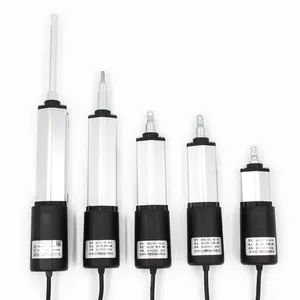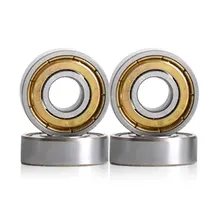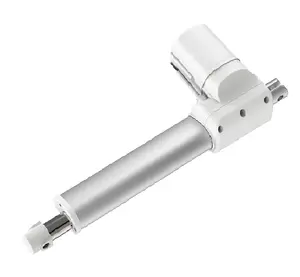Exploring Low Noise Linear Actuators
Linear actuators are integral components in modern automation, with low noise linear actuators being a subset that emphasizes quiet operation. These devices convert electrical energy into straight-line motion and are essential in applications where control and precision are paramount.
Types and Applications
Diverse in their applications, low noise linear actuators are employed in sectors ranging from automotive, where they adjust seats and mirrors, to medical equipment, facilitating smooth and silent adjustments. Their use extends to home automation, including smart furniture and window openers, where linear actuator noise levels are critical for comfort.
Features and Materials
The construction of a low noise linear actuator often involves high-grade materials such as aluminum alloys for the housing, which provide durability while maintaining a lightweight profile. Internally, precision-engineered gears and noise-dampening materials work together to minimize operational sound.
Advantages of Low Noise Design
The primary advantage of a low noise linear actuator is its discreet operation, making it ideal for environments where noise pollution is a concern. Additionally, these actuators often have a longer lifespan due to the reduced vibration and wear on components.
Choosing the Right Actuator
Selecting the appropriate low noise linear actuator involves considering factors such as the required force, speed, stroke length, and voltage. Most commonly available in 12 V and 24 V configurations, these actuators cater to a broad spectrum of power requirements.
Integration and Compatibility
When integrating a low noise linear actuator into a system, compatibility with existing controls and power sources is crucial. It's important to review the specifications to ensure the actuator's capabilities align with the application's demands.


































 浙公网安备 33010002000092号
浙公网安备 33010002000092号 浙B2-20120091-4
浙B2-20120091-4